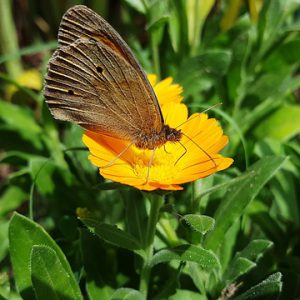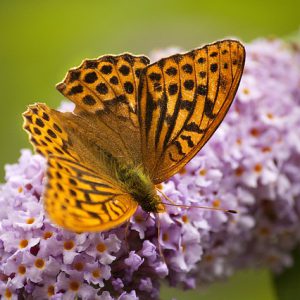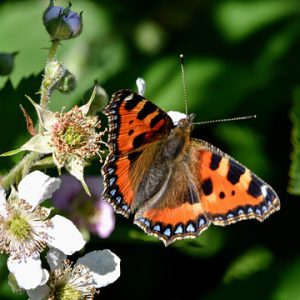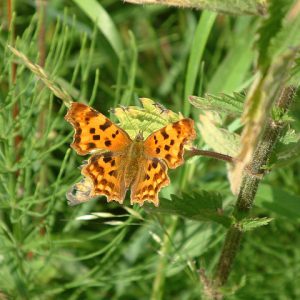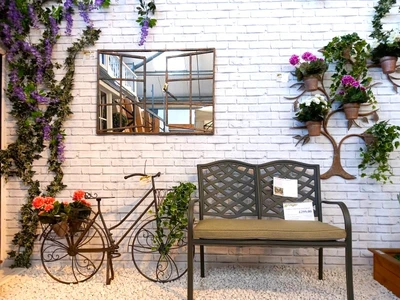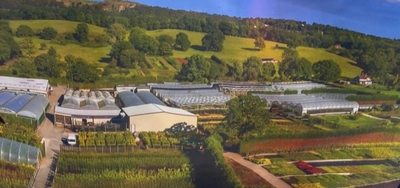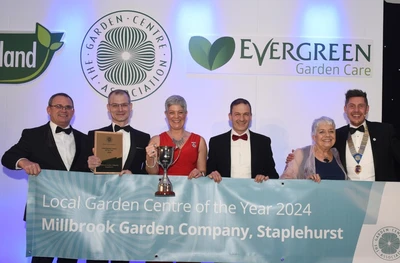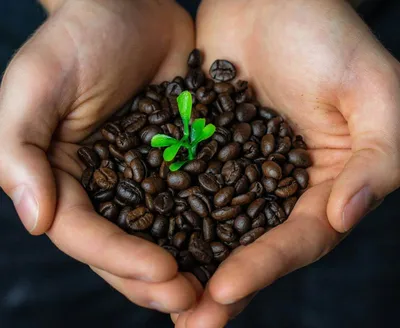
The last few years have seen a big decline in butterfly populations, but you can make a difference, no matter how small your outdoor space…
British butterflies in decline
Summer is the peak time for butterflies and it’s always a treat to watch them flitting gracefully around the garden, feeding on nectar and pollen. It seems impossible to imagine an English country garden devoid of their beauty. Sadly, three quarters of British butterflies are in decline due to destruction of their native habitats and changing climate and weather patterns. So what can gardeners do to help?
Create a wildlife-friendly garden
The obvious answer is to create a wildlife-friendly garden. Research the most common butterflies for your area so you can grow their favourite nectar-rich foods. This is where adult butterflies get their energy from. According to the RHS, there are 59 butterfly species currently resident in the UK. The most common are: Red Admiral, Peacock, Brimstone, Painted Lady, Comma, Green-veined White, Small Tortoiseshell, Small Cabbage White and Large Cabbage White. Only Cabbage Whites are potential pests, feeding on cabbages, other brassicas and nasturtiums – the others are useful pollinators. See the links below for local branches of butterfly conservation organisations.
Best plants for Summer nectar for butterflies
The best plants for Summer nectar for butterflies are Buddleia, Verbena bonariensis, lavender, perennial wallflower (Bowles Mauve) and Marjoram (Oregano). Adult butterflies also enjoy bluebells, marigolds, buttercups, hyacinths, clover, garden mint, knapweed, thistles, blackberry bushes, heather and willowherbs, among others (Natural History Museum).
No plot too small!
Even if your garden is small, with the right plants it can attract up to 20 types of butterfly. Butterfly Conservation recommend creating a 1 square metre patch of either bedding or pots on a patio. Every little helps!

